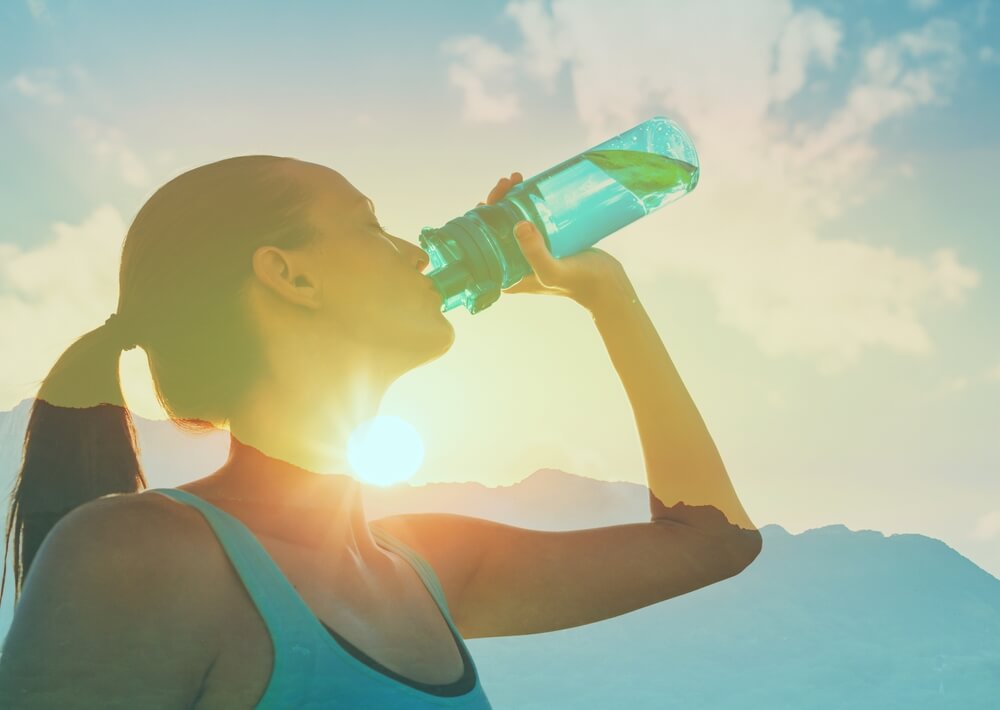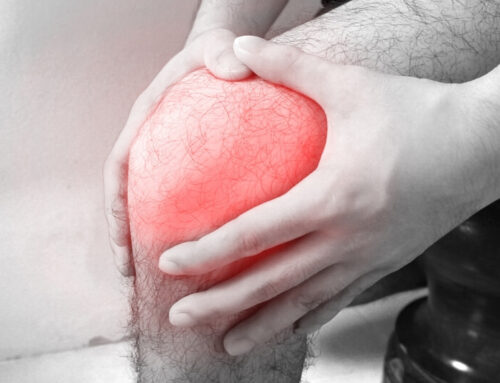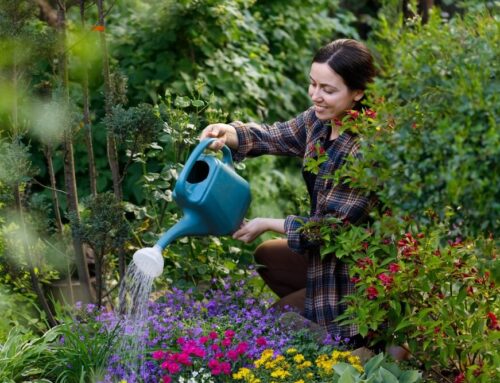
Warmer Days Mean It’s Even More Important to Stay Hydrated
Introduction
Warmer weather brings longer days, more outdoor fun, and an essential reminder: hydration matters. Staying hydrated isn’t just about quenching your thirst—it directly impacts your joint health and helps reduce inflammation. This spring, carrying a water bottle and sipping throughout the day can significantly boost your overall health and vitality.
Why Hydration Matters for Your Health
Hydration and Joint Health
Water plays a critical role in joint health by lubricating the cartilage that cushions your joints. Proper hydration helps maintain this cushioning, reducing friction and discomfort. When your joints are adequately lubricated, activities like walking, gardening, or even simple household chores become easier and less painful.
The Connection Between Water and Reduced Inflammation
Hydration reduces inflammation by flushing toxins and inflammatory agents from your body. Chronic inflammation contributes to numerous health issues, including arthritis and joint pain. Drinking sufficient water helps maintain a healthy balance within your body, reducing overall inflammation and discomfort.
How Much Water Should You Really Drink Each Day?
General Guidelines for Daily Hydration
Experts typically recommend drinking about eight 8-ounce glasses of water daily (around 2 liters). However, hydration needs vary based on factors like age, body weight, physical activity levels, and climate.
Adjusting Your Hydration Needs in Warmer Weather
As temperatures rise, your body requires more water to manage sweat loss and maintain a healthy internal temperature. Increase your daily water intake accordingly, especially if you’re spending significant time outdoors.
Signs You’re Not Drinking Enough Water
Common Symptoms of Dehydration
-
Thirst and dry mouth
-
Fatigue or dizziness
-
Headaches
-
Dark-colored urine
Severe Dehydration: When to Seek Help
In extreme cases, dehydration may cause confusion, rapid heartbeat, or fainting. If you experience these symptoms, seek immediate medical attention.
Practical Tips for Staying Hydrated
Carrying a Water Bottle
Having a reusable water bottle nearby makes hydration convenient and habitual. Opt for insulated bottles to keep your water cold throughout the day.
Setting Hydration Goals
Set achievable daily hydration goals, such as finishing your water bottle three times a day or drinking a glass of water at regular intervals.
Incorporating Hydrating Foods
Water-rich foods like cucumbers, watermelon, oranges, and lettuce can significantly boost your hydration levels.
Top 10 Benefits of Staying Hydrated
-
Enhanced Joint Mobility: Water lubricates joints, easing movement.
-
Reduced Inflammation: Flushes out inflammatory substances.
-
Improved Cognitive Function: Supports clearer thinking.
-
Better Physical Performance: Reduces fatigue during activities.
-
Healthier Skin: Moisturized, glowing skin.
-
Effective Body Temperature Regulation: Prevents overheating.
-
Support for Digestive Health: Enhances nutrient absorption.
-
Improved Mood and Energy Levels: Reduces tiredness and boosts mood.
-
Boosted Immune System: Strengthens your body’s defenses.
-
Better Overall Heart Health: Supports circulation and reduces cardiovascular strain.
Hydration Myths Debunked
Myth: You Must Drink 8 Glasses Daily
Individual hydration needs vary; the “8-glass rule” is a helpful guideline, not an absolute requirement.
Myth: Coffee and Tea Don’t Count Toward Hydration
Moderate consumption of tea and coffee does contribute to your overall hydration levels, despite mild diuretic effects.
Hydration Tips for Specific Activities
Gardening and Outdoor Activities
Stay ahead of dehydration by drinking water every 20-30 minutes during outdoor activities. Use electrolyte-infused drinks for prolonged periods in the heat.
Exercise and Physical Activities
Hydrate before, during, and after exercising to ensure optimal performance and recovery.
Tracking Your Hydration: Helpful Tools
Apps and Technology for Hydration Tracking
Mobile apps and wearable devices make tracking water intake simple, providing reminders and personalized recommendations.
Manual Methods for Keeping Track
Simple charts or logs can effectively help monitor daily water consumption.
FAQs
FAQ 1: Can drinking water really reduce joint pain?
Yes, proper hydration lubricates joints, reducing pain and improving mobility.
FAQ 2: How does hydration impact inflammation?
Hydration flushes out inflammatory substances, reducing overall body inflammation.
FAQ 3: Is it possible to drink too much water?
Yes, excessive water intake can lead to a condition called hyponatremia, which is rare but serious.
FAQ 4: What are some tasty alternatives to plain water?
Try infusing water with fruits, herbs, or vegetables for a flavorful boost.
FAQ 5: Does hydration help with seasonal allergies?
Adequate hydration can thin mucus, reducing congestion and easing allergy symptoms.
FAQ 6: What is the best water bottle to carry daily?
An insulated stainless steel bottle is durable, maintains temperature, and is free from harmful chemicals.
Conclusion: Making Hydration a Lifelong Habit
Staying hydrated is simple yet incredibly impactful. This spring, commit to regular water intake to experience enhanced joint function, reduced inflammation, and overall improved health. Carry your water bottle proudly and make hydration an enjoyable, daily habit.
Share this article
Follow us
A quick overview of the topics covered in this article.
- Introduction
- Why Hydration Matters for Your Health
- How Much Water Should You Really Drink Each Day?
- Signs You’re Not Drinking Enough Water
- Practical Tips for Staying Hydrated
- Top 10 Benefits of Staying Hydrated
- Hydration Myths Debunked
- Hydration Tips for Specific Activities
- Tracking Your Hydration: Helpful Tools
- FAQs
- FAQ 1: Can drinking water really reduce joint pain?
- FAQ 2: How does hydration impact inflammation?
- FAQ 3: Is it possible to drink too much water?
- FAQ 4: What are some tasty alternatives to plain water?
- FAQ 5: Does hydration help with seasonal allergies?
- FAQ 6: What is the best water bottle to carry daily?
- Conclusion: Making Hydration a Lifelong Habit











